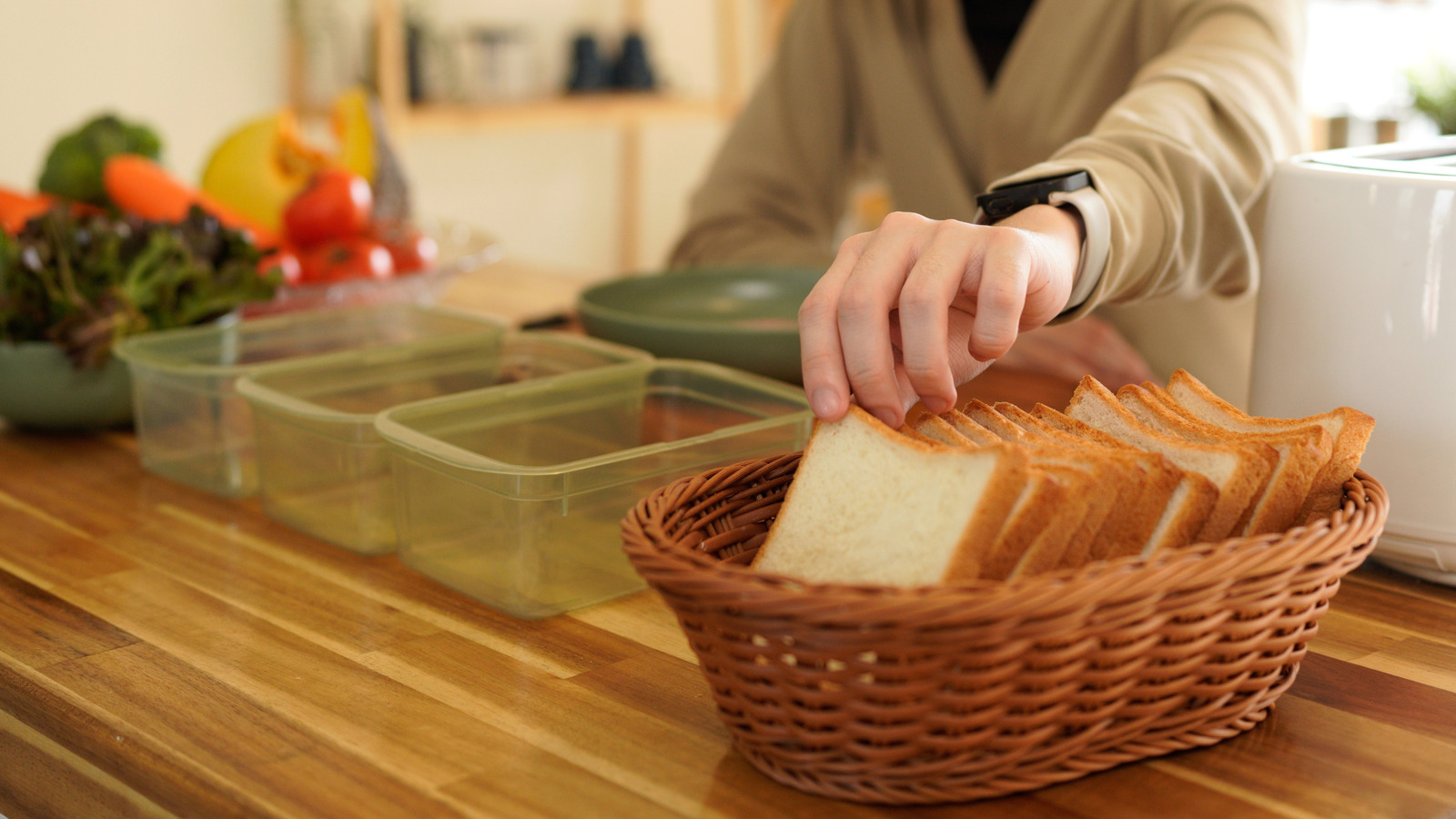
"There's nothing more to this sandwich than the name suggests - it's just two buttered slices of bread plopped together to form a sandwich. Sometimes sugar would be added as well, making it a more special treat. This simple sammie was a regular White House lunch during the era, and it was also served to school children as part of the lunch menu."
"We're used to bulky sandwiches today, bursting with veggies and several types of deli meat, but for most people in the 1930s, those items were largely unaffordable and were replaced by canned convenience foods that had a lower price tag. Baking items like sugar and flour, however, were much more affordable, and many households were baking bread at home to save costs. For some struggling families, even butter was considered a luxury out of reach, so they had to settle for margarine instead."
The Great Depression caused widespread unemployment and severe financial strain, forcing families to stretch every dollar and improvise meals. Bread-and-butter sandwiches—two buttered slices, sometimes with sugar—became common, served in the White House and in school lunches as an inexpensive option. Bulky sandwiches with meats and vegetables were largely unaffordable, and canned convenience foods often substituted. Baking staples like sugar and flour remained relatively affordable, leading many households to bake bread at home to save costs. Some families used margarine when butter was too expensive. Nutritional concerns prompted initiatives to design complete meals for minimal cost, prioritizing sustenance over complex flavors.
Read at Tasting Table
Unable to calculate read time
Collection
[
|
...
]